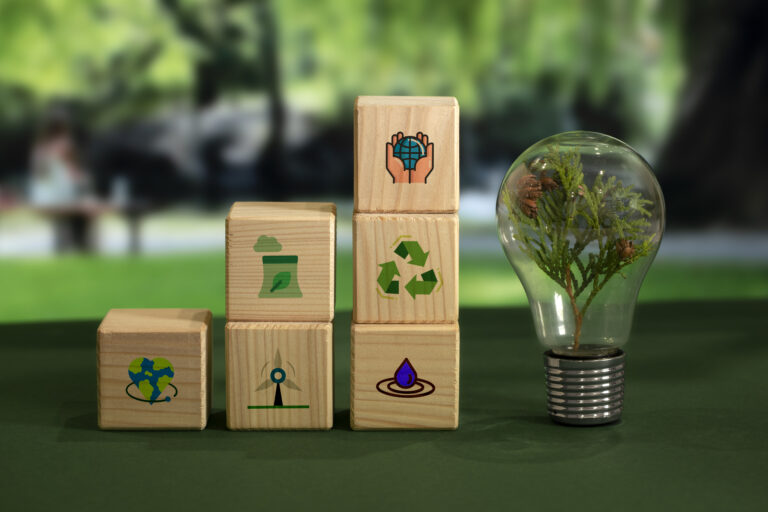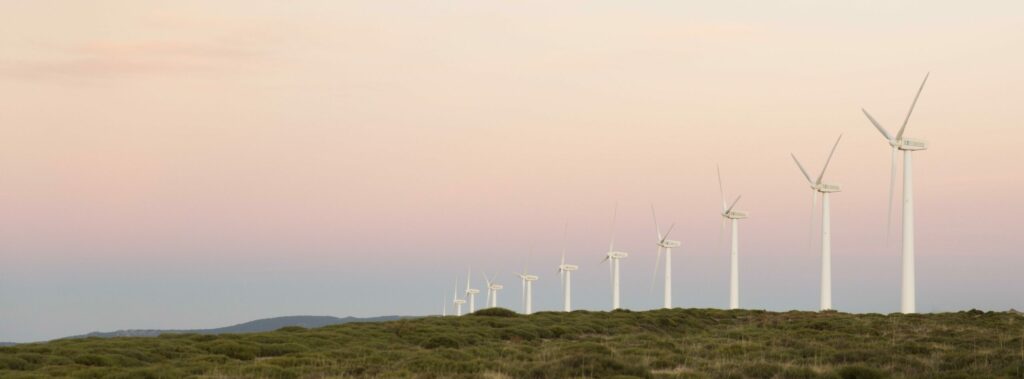In a world marked by accelerating climate change, biodiversity loss, and growing social inequality, the call for rethinking how we live, work, and do business has never been more urgent. From global policy agendas like the EU Green Deal to grassroots regenerative movements, one idea is gaining momentum across scales and sectors: green entrepreneurship. But what is it really — and why is it so relevant now?
Green entrepreneurship refers to entrepreneurial initiatives that prioritize environmental sustainability, social well-being, and economic viability. These are ventures not only driven by profit, but by purpose — rethinking business as a vehicle for regeneration rather than extraction. Green entrepreneurs innovate with the planet in mind, often addressing challenges like waste reduction, circular economy, clean energy, and sustainable food systems.
To better understand why green entrepreneurship matters, we can borrow a lens from the field of systems thinking: the Eco-Cycle Model.
The Eco-Cycle: Seeing Systems, Seeing Potential
The Eco-Cycle Model, developed within complexity theory and organizational development, maps the life stages of living systems: birth, growth, maturity, and creative destruction (or release). In nature, these phases unfold continuously — allowing ecosystems to adapt, regenerate, and evolve. In the same way, we can use this model to reflect on entrepreneurship and systemic change.

- Birth (Exploration): This phase is all about emergence. Green entrepreneurship is bubbling with exploration — new ideas, experiments, and collaborative spaces where regenerative business concepts take root. Think student-led climate startups, permaculture-inspired food collectives, or youth innovation labs. This is where energy is high, failure is embraced, and possibility is wide open.
- Growth (Exploitation): Once a promising idea finds footing, it moves into growth. Green businesses begin scaling, accessing new markets, and refining their offerings. The focus here is on viability: can this idea thrive while staying true to its sustainability principles? Many green entrepreneurs must navigate how to grow without compromising values — a tension that calls for constant learning.
- Maturity (Conservation): In this stage, systems stabilize. For green entrepreneurship, this could look like certified B Corps or sustainability-driven SMEs that have institutionalized circular practices. But maturity can also bring rigidity. If businesses stop evolving, they risk stagnation — or worse, becoming part of the problem they set out to solve.
- Release (Creative Destruction): Every healthy system must also make room for release — shedding what no longer works. Green entrepreneurs often play this role in society: disrupting harmful norms, challenging linear business models, and proposing alternatives. This stage isn’t about failure — it’s about transformation. It invites the kind of courageous thinking we need now more than ever.
Green entrepreneurship moves through all these stages, often non-linearly, always in relationship with its broader social and ecological context. Using the eco-cycle model reminds us that regeneration is cyclical — not a straight line to “success.”

Why It Matters Now
In today’s world, the need for regeneration is systemic. Our current economic models are reaching their limits — not only ecologically, but also in terms of social cohesion and psychological well-being. Green entrepreneurs are stepping into this gap with vision, courage, and care. They are prototyping the future — showing us that it’s possible to build thriving livelihoods within planetary boundaries.
They are also showing that sustainability isn’t a niche. It’s increasingly what customers demand, what the next generation expects, and what our times require.
Moving Forward
Green entrepreneurship isn’t just about launching eco-startups. It’s about a mindset shift — from extraction to regeneration, from silos to systems. It invites us all — as educators, students, policymakers, and citizens — to reimagine what business can be.
So let’s nurture the ecosystems that support green entrepreneurship. Let’s invest in the “birth” of new ideas, support the “growth” of promising ventures, challenge “mature” systems to adapt, and welcome the “release” of outdated models.
Because if the eco-cycle teaches us anything, it’s that: transformation is always possible.
Bibliography:
- https://www.liberatingstructures.com/31-ecocycle-planning/
- https://www.unep.org/eco-innovation
- https://www.researchgate.net/publication/320032563_Born_to_be_green_new_insights_into_the_economics_and_management_of_green_entrepreneurship
- https://commission.europa.eu/strategy-and-policy/priorities-2019-2024/european-green-deal_en
- https://www.oecd.org/en/topics/smes-and-entrepreneurship.html



